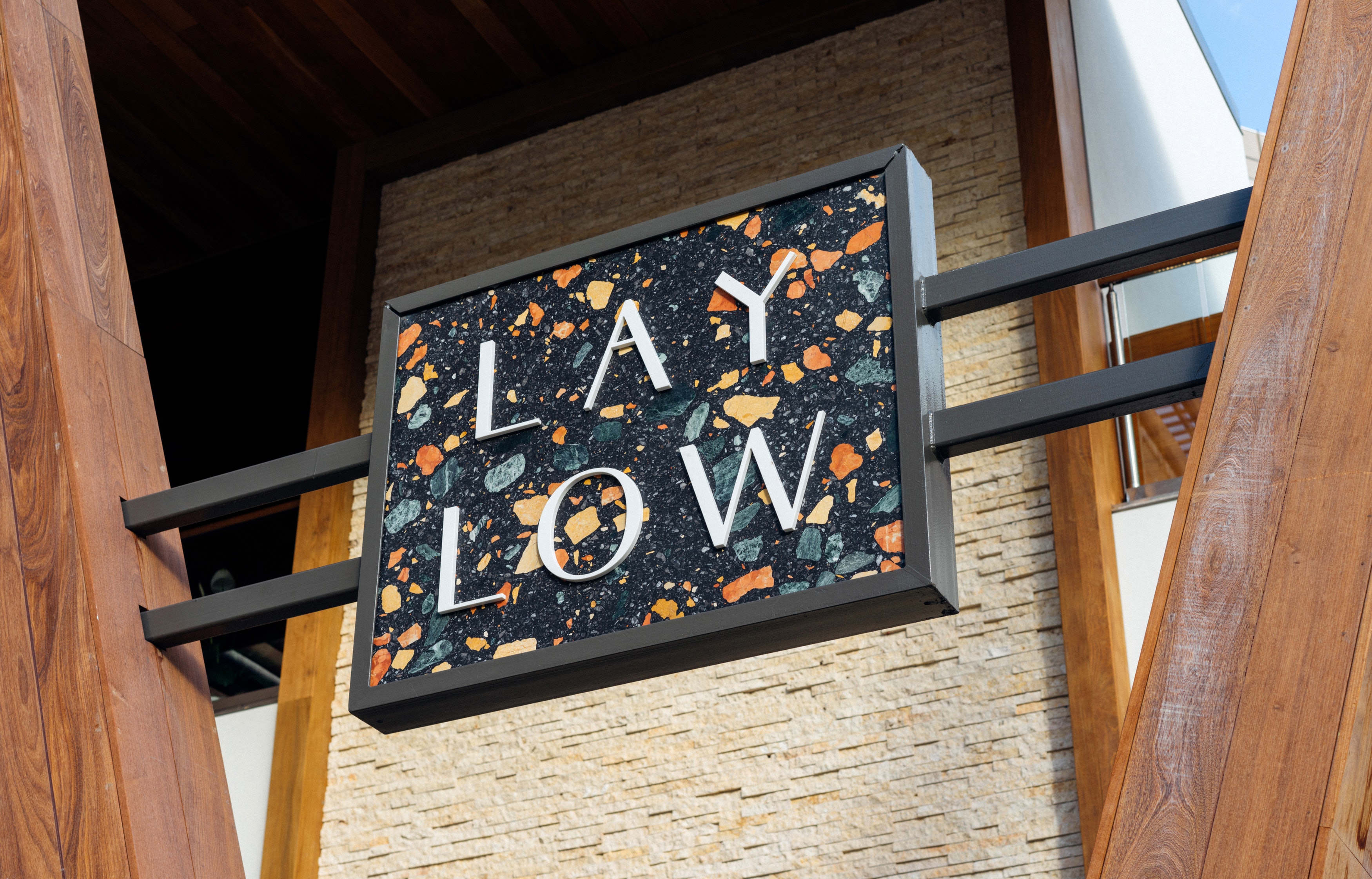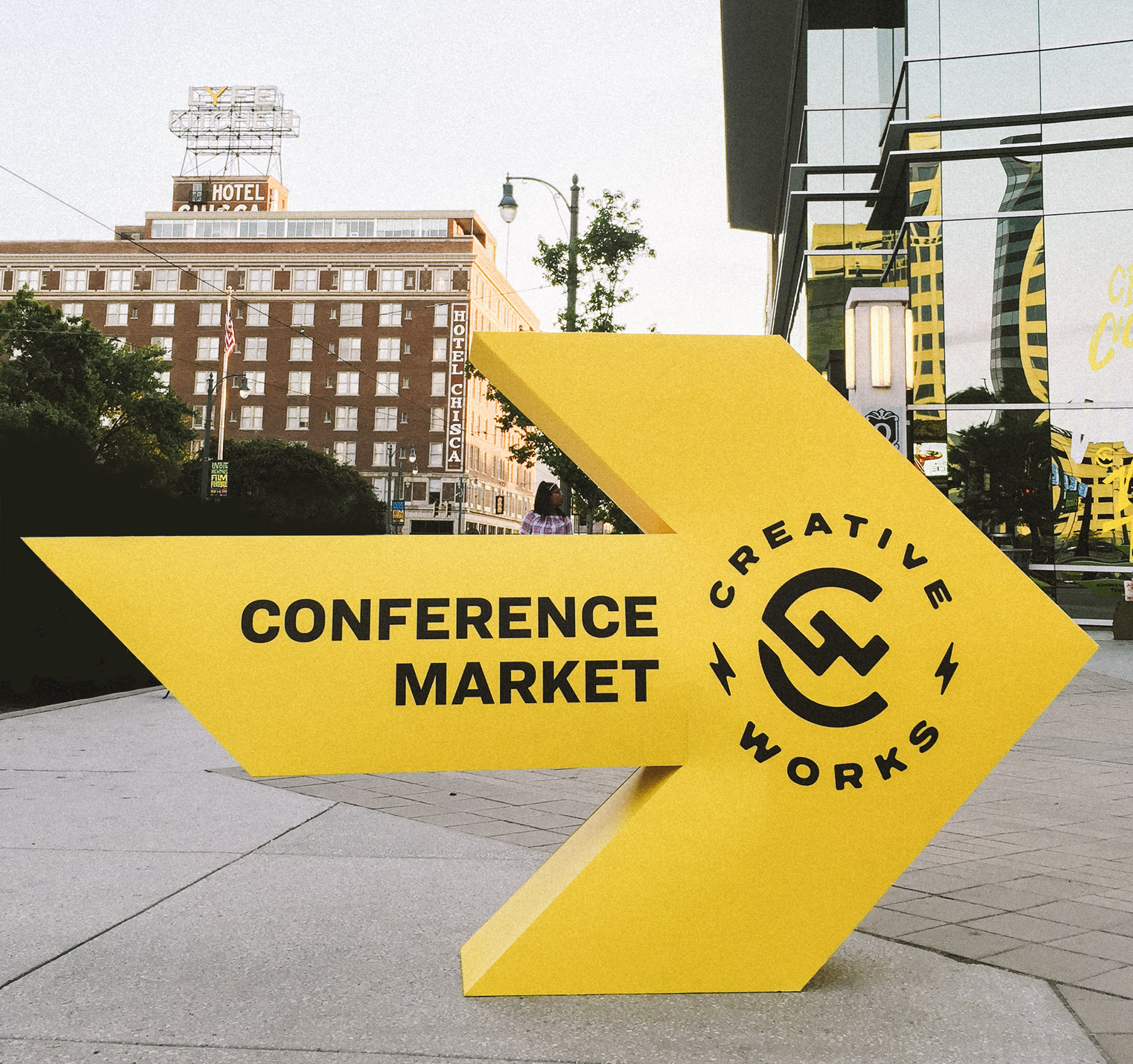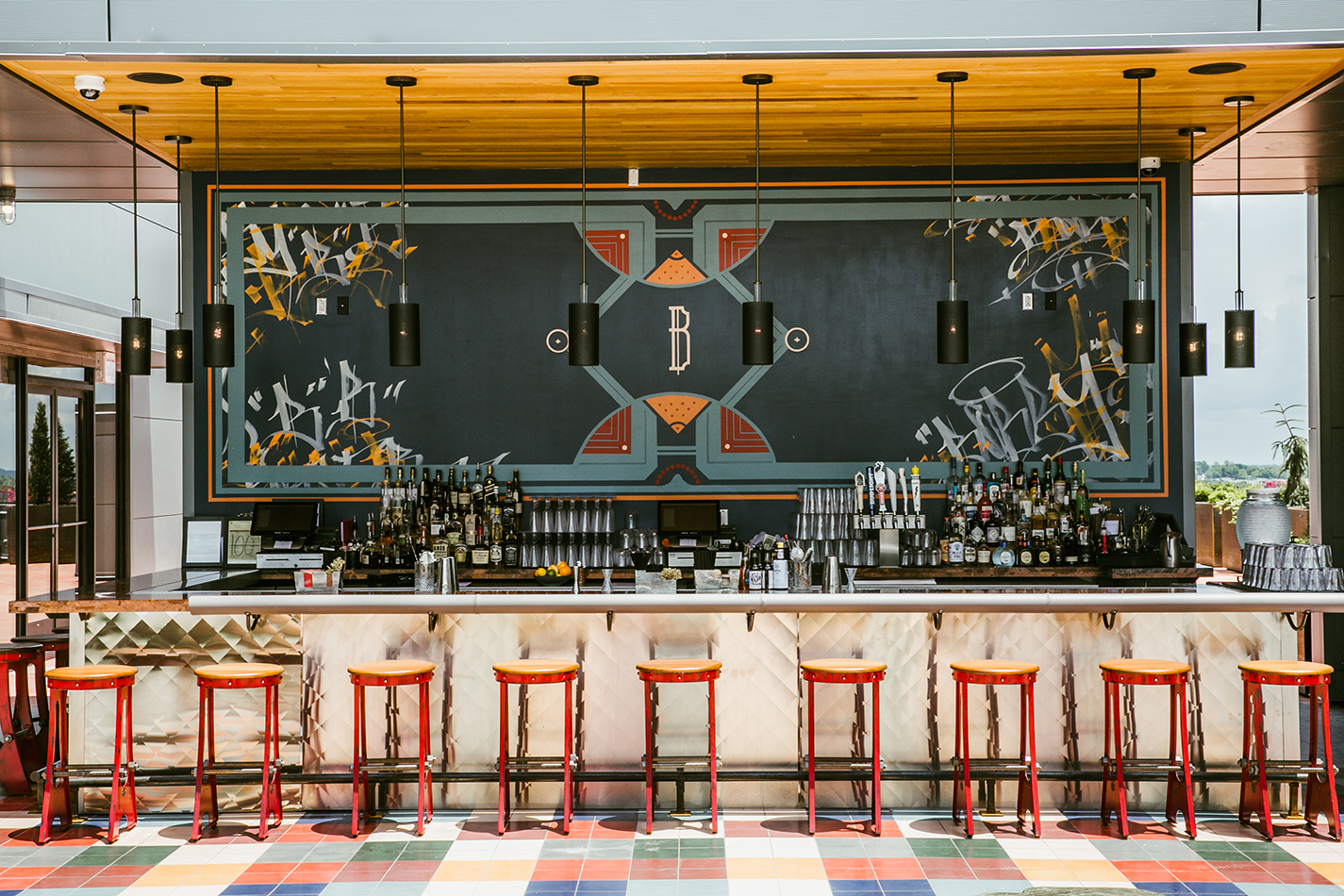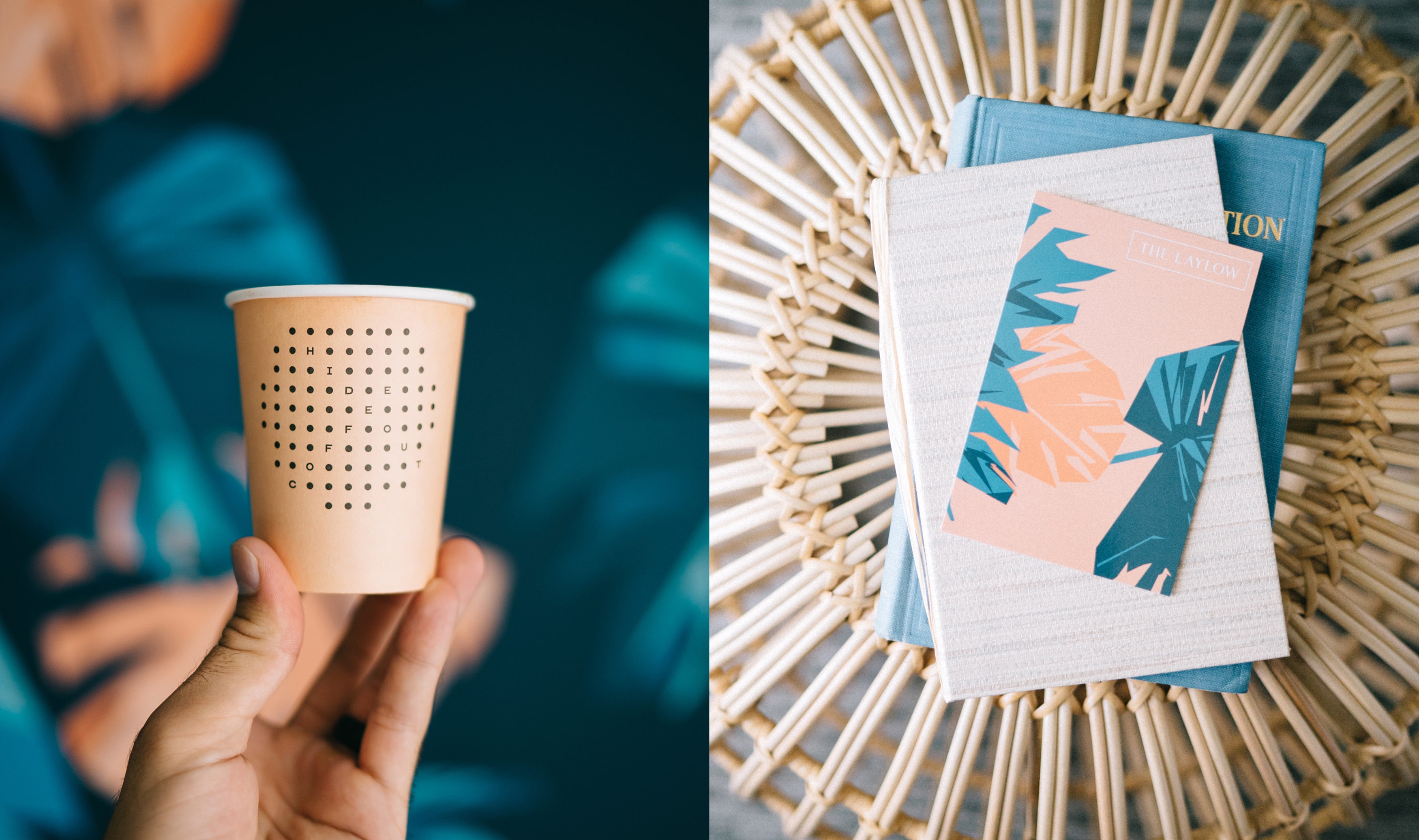
What does the branding for the Laylow Hotel in golden Waikiki, Hawaii and the current tallest building on earth, the Burj Khalifa in Dubai, have in common? They both started from the ground up. They both started small. And a heck of a lot of trust was involved in seeing them both to completion.
In October, I got to be a part of a brand-building workshop for Creative Works Conference in Memphis, Tennessee with none other than the fabulous Fritz Mesenbrink. Fritz was part of the OMFGco team behind the branding for the Laylow hotel and I’ve always been fascinated with how large-scale brands like these are both designed and maintained. Like a grand magician revealing his tricks, Fritz revealed to us his trade secrets and let us have a peak behind the curtain of how large-scale brands are designed, built and executed.

Starting small
As with most large-scale branding projects and much like our own work for Bobby Hotel here in downtown Nashville, it starts with the need for an identity. Brands don’t appear out of thin air like some Houdini act. They usually start small, and are made from scratch much like Gramma June’s blueberry cobbler pie.
I often think of brands like people: starting out as teenagers they are unsure fully of who they are and how to convey themselves. They think Tinder is a legitimate dating app (hot take: it’s not) and that Chuck high-tops are suitable wedding attire. As brand crafters, it’s our job to help develop, guide, establish and maintain a brand identity for our clients that accurately represents who they are. Usually, these representations take place in the form of design and identity systems, messaging, brand collateral, social media presence and the like. With hospitality branding, it usually expands to include environment, uniform and scent design. (And in Music City… can particularly include sound design, like we’ve done for Bobby Hotel and The Westin). In the case of a the Laylow, from the drink menu name choices to the custom designed Italian-made marble countertops whose shipping costs are higher than the purchasing price, every element of the hotel ties into who and what the brand is.

Here are three takeaways:
Large-scale brand projects usually start small.
The Eiffel tower had it’s beginnings as the entryway arch for a fair. The Empire State building was originally only intended to be 25 stories as opposed to 102. In the case of the Laylow example, this was just a simple branding and strategy project. It only snowballed into the large-scale project that is is now after the client was impressed with the work and saw the potential for growth. You’ll never know when even what seems like a small project can turn into something really spectacular! ST8MNT’s engagement with Bobby started initially as a pitch-level identity almost four years prior, before I ever worked here.
Context is everything.
Sometimes you may have a grand vision for a project, but the client is having a hard time envisioning things the way you are. You see Michelango’s David in your head, the client only sees a papier-mâché Piñata. This is where it helps to create as many mockups and prototypes as possible when showcasing your branding design proposals. In doing so, you will help cement your concepts and ideas into your client’s mind’s eye. They will start visualizing them as realities and be moved to action, bringing these ideas to fruition. In the case of something as simple as a brand name, context is crucial. Isolated, the name you devised for the brand may not resonate with the client. But slap that name on some branded collateral and signage and more than likely the client will start seeing things your way. After all, if a company like Fruit of the Loom can get away with selling underwear despite having NOTHING to do with fruit, why can’t you?!
Lastly, and most importantly, trust is your foundation.
In order for projects of these scales to be successful, there has to be a large amount of trust between you and the client. Trust that you will accurately represent the client. Trust your ideas and direction will generate positive experiences. If building a brand is like growing a peppermint plant in your backyard garden, then trust between you and the client is like the nitrogen in your soil. Without it, the brand will never grow into what it’s meant to be.

In summary, building a large-scale brand can seem like a daunting task for anyone. The truth is it starts small, and starts with trust as the foundation. It takes dedication, consistency, a willingness to take risks and experiment with a brand, and a whole lotta’ tender loving care. Once you have all these things in place, there’s no branding project too large to take head on!

